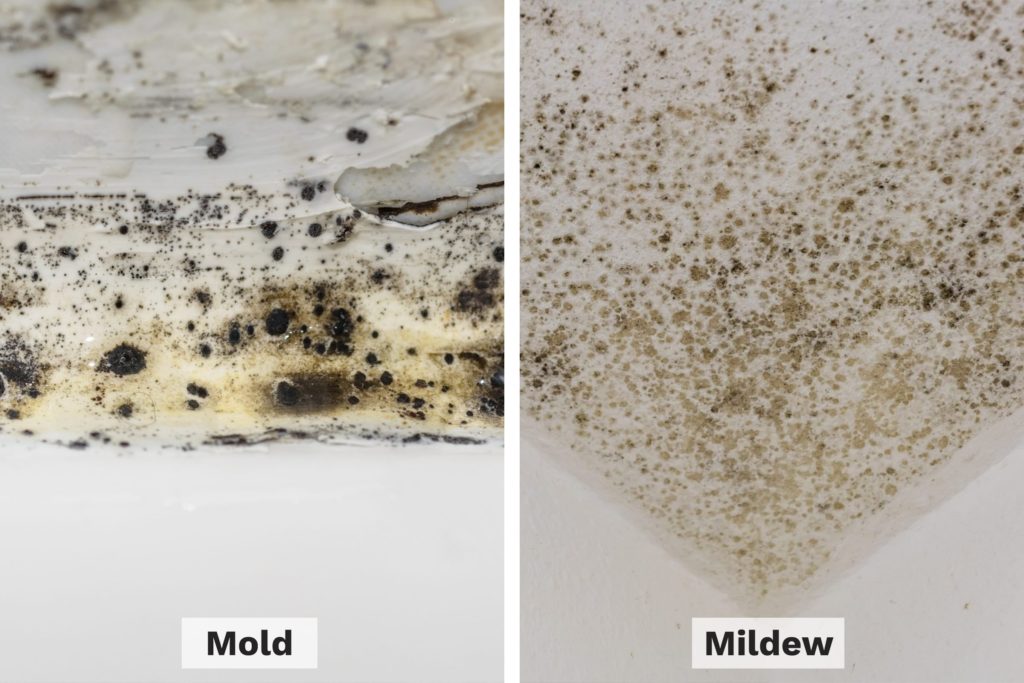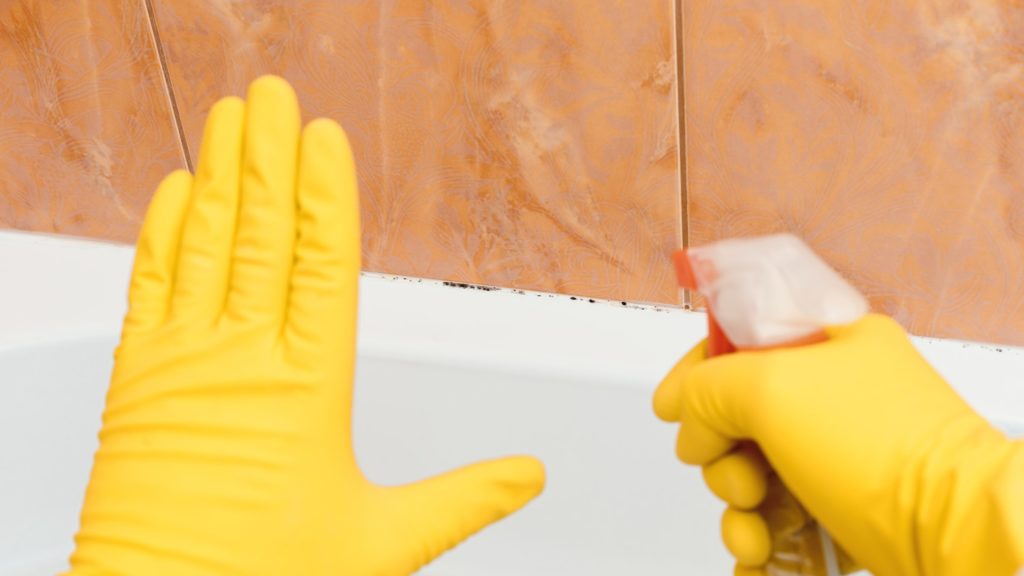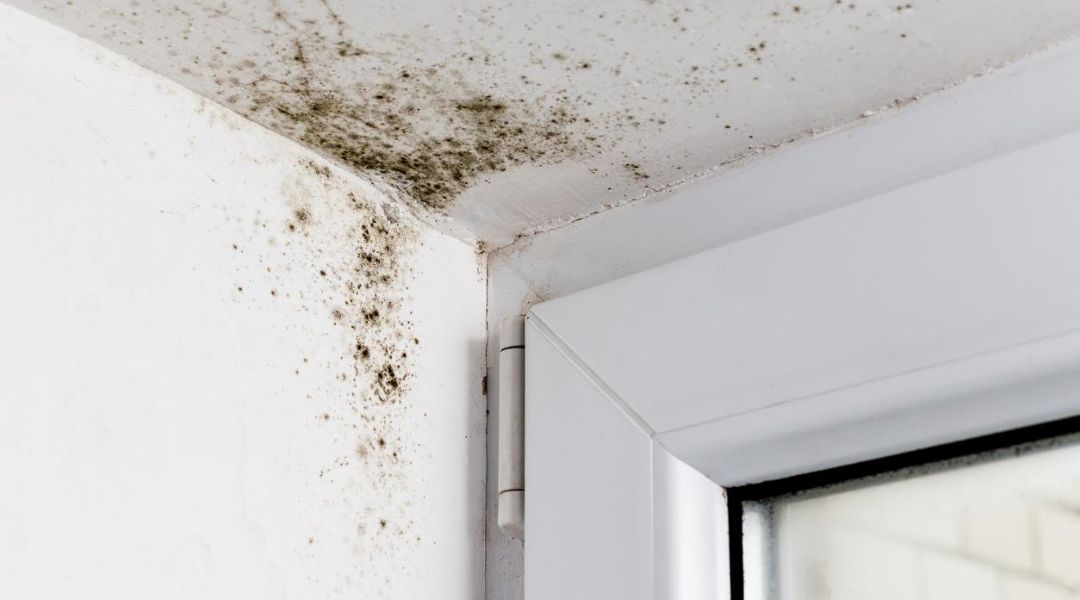Mold and mildew are beneficial to the environment because they break down organic material such as leaves and thereby nourish the soil, but they are not as beneficial to humans in their living spaces.
Living in a moldy home can cause headaches, sinus congestion, respiratory troubles, and irritation of the eyes, nose, and throat, to name a few major health issues. In fact, mold and mildew are more likely to affect infants and children, as well as pregnant women, the elderly, and anybody with a history of respiratory problems.
But don’t worry; mold can be found almost anywhere in the natural world. Indeed, you will almost certainly come across it at some point, especially if you plan to relocate to a humid location.
It is not true that just because you have mold, you will have health issues. However, even if symptoms are minimal or nonexistent, it is a good idea to stay ahead of them, especially if you or someone in your family suffers from allergies or has chronic lung disease, or if you or someone in your family falls into one of the higher risk categories listed above.
This article will look into the following topics:
- How to detect mold and mildew
- How to remove and clean it up
- How to control mold and mildew spreading
But before we get into the meat of the topic, let’s define mold and mildew.
Difference between mold and mildew

Mold and mildew are two forms of fungi that are frequently encountered in the home. Mold appears as black or green patches that grow from beneath the damaged substance or surface. Mildew, on the other hand, is a sort of mold that is grey or white in colour and has a flat growth pattern that stays on the surface, making it easier to remove. Mildew is a term that is sometimes used to describe mold growth.
Mold grows on food or inside permanent structures like walls and crawls spaces, whereas mildew can be found on moist surfaces, paper, fabrics, and other organic things in the home. Because there isn’t much of a distinction between mold and mildew, it’s reasonable to assume that mildew is just molding in its early stages.
How to detect mold and mildew
Even if there are no health risks associated with moving into a home with a mold or mildew problem, the fact that these fungi degrade and destroy anything they grow on is reason enough to find and eradicate them.
Mold and mildew thrive on a variety of household surfaces, including wood, wallpaper, ceiling tiles, carpets, cardboard, and even plants and food. As a result, it’s critical to begin inspecting locations where there could be significant humidity or water damage.
Mold and mildew can grow and flourish on damp surfaces in as little as 24 to 48 hours, producing spores that spread through the air. Inspect moist and dark places thoroughly, paying special attention to your bathroom.
If the house you’re moving into has inadequately sealed windows and door frames, leaky pipes, or holes in the roof, you need to be especially cautious.
If you’re not sure whether you’re dealing with mold or mildew when you come across any fungi in the house, perform a DIY home test by spraying a few drops of household bleach on the affected region, waiting approximately five minutes, and then inspecting the area:
- Mildew usually turns the surface or area light.
- When the surface or area is dark then it is mold.
How to remove and clean it up

Mold and mildew are naturally occurring organisms that can be found both indoors and out. Unless they start growing indoors, they are usually not a concern. Controlling moisture is the greatest strategy to prevent mold and mildew growth.
The fungi must be removed, as well as the sources of moisture.
Because mildew is a surface fungus, it can be easily treated on hard surfaces with a commercially available cleaner and vigorous washing with a scrubbing brush. To avoid inhaling mildew spores, make sure you’re working in a well-ventilated location and wearing a face mask.
Wear rubber gloves to protect your hands from both the mildew and the cleaning product you will be employing while you thoroughly clean the surrounding areas of the mildew spot to ensure the successful removal of the fungi. After washing, fully dry the afflicted area.
There are various methods for dealing with mildew on soft surfaces. If the mildew spots are on fabrics or rugs, brush them off as soon as you notice them avoid the fabric from deteriorating or decomposing. When possible, perform this procedure outside to avoid spreading fresh mildew spores inside the house.
If mildew stains persist, lightly sponge them with strong suds and wipe them away with a clean damp towel. The goal is to use as little water as possible so that the item does not get wet, like your mattress or upholstery.
To eliminate mildew from upholstered furniture, mix one cup of rubbing alcohol with one cup of water in a diluted alcohol solution. After wiping the fabric with a moistened cloth dampened with the alcohol mixture, it should be properly dried. To dry these objects and remove wet air, use an electric heater and a fan, or leave them out in the sun and fresh air for an hour or two.
On the other hand, getting rid of a mold problem is a little more difficult. Mold adheres to the damaged substance with microscopic filaments that penetrate beneath the surface; its spores may survive in harsh environments, and they spread quickly.
Mold is only visible once its colonies have begun to form, making early diagnosis and prevention challenges. DIY mold removal methods are not encouraged since mold grows in regions that are difficult to access and cure, in addition to having harmful health consequences. Professionals who can remove dangerous fungi should be consulted instead.
How to control mold and mildew spreading
Take preventative measures to keep your home free of mold and mildew, such as:
- Getting rid of musty odours
- Getting rid of moisture and waterproofing
- Repairing plumbing leaks as quickly as possible and storing objects in dry, well-ventilated regions
- Cleaning and drying the fabrics in the house on a regular basis
- Checking and preventing rainwater from seeping into your home on a regular basis
To reduce moisture in the house, use air conditioners, fans, and dehumidifiers, as well as open windows to promote aeration and appropriate ventilation.
Remember that while fumigation may eliminate existing mold and mildew, it does not ensure that you will be protected from future attacks. It’s crucial to stay watchful, especially if you’ve recently moved or plan to move into a new residence with items that may have previously been exposed to mold and mildew.


